“Will you be the 7th Generation Mutation?” | The Story of St. John Green
The year is 1968. The cultural revolution of the late 1960s is in full swing, and rock music is its experimental, ever-evolving psychedelic soundtrack. In this moment of creativity, a young drummer named Shel Scott arrives in California, a 17-year-old who would soon become a member of St. John Green.
Scott’s journey, from a musical childhood in Upstate New York to the nascent psych rock scene of Los Angeles, is a microcosm of the era’s momentum and idealism. His story, told in a series of candid interviews, offers a rare, first-hand account of the band St. John Green, a group whose single, self-titled album has since become a cult classic among psych rock freaks.
Scott’s narrative begins with his roots. Raised in Upstate New York, he was immersed in a musical environment from birth. “Been drumming since I was walking,” Scott recalls, a sentiment echoed by his mother, a Big Band singer with show business relatives. His musical education was both formal and experiential, encompassing school courses, marching bands, and performances with the Criterions Drum and Bugle Corps. He was only 9 at the time when his first band formed in 1959. He further honed his skills by carefully “learning every old and new record or band that I could copy everything I could.” His early love for music was shaped by the British Invasion, specifically the Beatles, whose monumental success inspired pretty much everyone around.
St. John Green’s sound was an experimental (“canyon”) psych fusion, heavily influenced by titans like Cream, Jimi Hendrix, and The Doors. The band’s live performances are fondly remembered, but they were ultimately let down by the final mix of their debut album. Scott’s memories of the recording sessions, however, are a mix of frustration and nostalgia, recalling laughter-filled, spontaneous creativity. While the album isn’t exactly what the band envisioned, it still makes you wonder what their original vision might have been.
While Shel’s story is a personal one, a deeper look into the band’s history reveals more about their formation and the conflicting forces at play.
The band’s genesis began within the halls of Pasadena City College, where Mike Baxter, the keyboard player and the lead singer Vic Sabino first met (Source: 60sgaragebands.com). They were soon joined by vocalist and bassist Ed Bissot, who, as an “aspiring poet,” became the band’s central creative force. The name itself, St. John Green, was a compromise—a blend of Bissot’s pseudonym, “St. John,” and a desire to give the band a unique identity (Source: 60sgaragebands.com).
Once the band was formed, they fell under the eccentric spell of manager and producer Kim Fowley. Fowley had a grand vision for them, coining a “new style of music” he called “The Canyon Sound” (Source: 60sgaragebands.com). This concept, centered on the mystical and often drug-fueled atmosphere of Topanga Canyon, framed the band as interpreters of a psychedelic, almost theatrical, narrative. Fowley, who was not a musician, would weave these “mystical tales” for the band to translate into song, an approach that likely contributed to the creative differences Shel Scott describes (Source: 60sgaragebands.com, Ugly Things #19).
The studio sessions at Hollywood Boulevard (The Sound Factory) became a battleground of competing visions. While the band saw themselves as a hard-hitting, Cream-influenced blues-rock group, Fowley had his own ideas. As Baxter put it, their music was “compromised,” twisted into a “bizarre Kim Fowley project” that bore little resemblance to their powerful live shows (Source: 60sgaragebands.com). The final mix, as Shel Scott recalls, was a “disappointment” that led to the album being disowned by most of the band. This profound creative friction, coupled with the band’s youth and inexperience, meant that St. John Green’s existence was a shooting star. Within a year of their formation, after Shel Scott and Bill Kirkland departed, the remaining members went their separate ways, leaving behind a single, enigmatic album and a story as complex and layered as the psychedelic era itself.
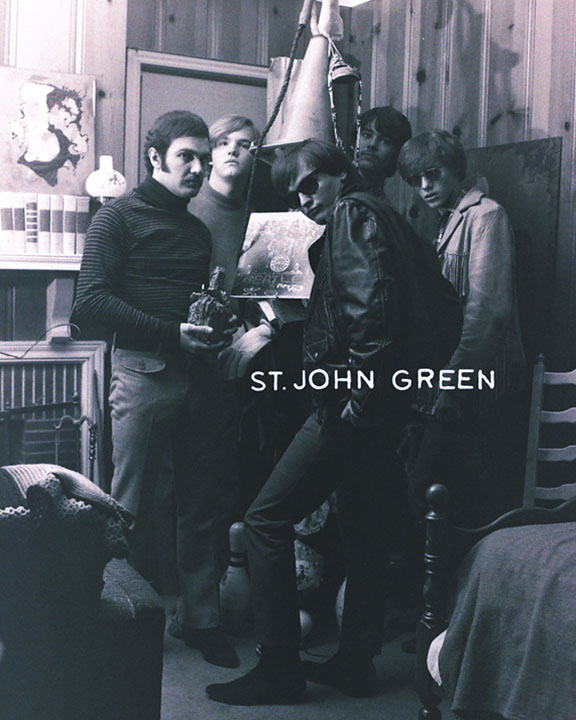
“The St. John Green album that we recorded never got completely heard.”
Let’s start at the beginning — where did you grow up, and what kind of role did music play in your home life?
Shel Scott: I grew up in Upstate N.Y. My mom once told me I’d been drumming since I was walking. At that time, there were all kinds of art and music events. I took every music course in school and even marched in all kinds of parades with school bands and the Criterions Drum and Bugle Corps. I was in my first band at 9 years old in 1959. We marched at football games and in parades, et cetera. My mom was a Big Band singer, and she had relatives in show business.
When did you first pick up an instrument, and what was it? Who were the artists or bands that really got under your skin back then?
I was learning and copying every old and new record or band that I could. At 13 years old, I was in my first rock band called Denny and The Wonders. The Beatles hit it big. What do you think? By early 1965, I joined The Constellations, the best teenage band in town. I’ll send you a picture.
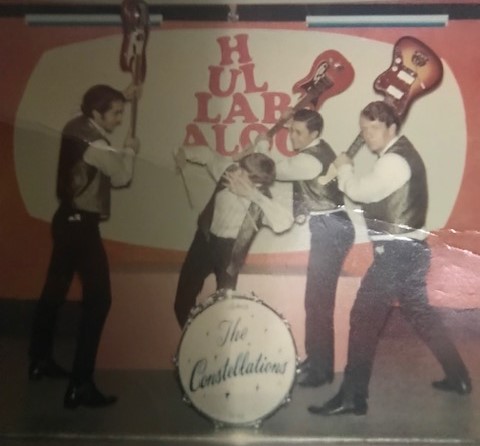
Before St. John Green came together, were you involved in any other bands or projects?
By the time I was turning 17, I heard about Jimi Hendrix playing at the Monterey Pop Festival. I arrived in California by myself at 17 years old. I joined St. John Green a few months after that. As far as I can remember, Vic Sabino and Mike Baxter had just gotten out of college and met Ed Bissott, who had this great idea for a band. I was handed a free press newspaper on Sunset Boulevard one night, and on the back was an ad for a drummer. I called and auditioned for Ed the next day. Bingo! Our first two gigs for good money at that time were in Pasadena at the Lucky Lady Club on Colorado Boulevard. Then we opened for Spirit at the huge Pasadena Civic Auditorium.
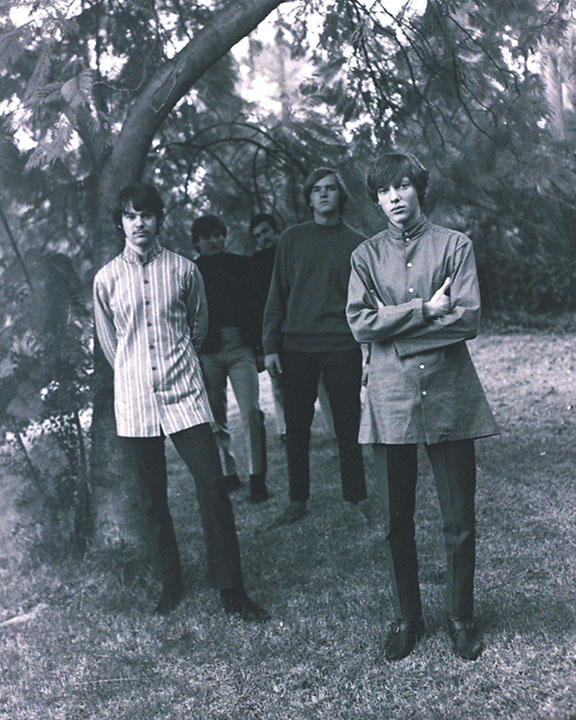
How did St. John Green come into being?
We were trying to keep up with the hit bands of the late ’60s. The band was a really good band to begin with. The St. John Green album that we recorded never got completely heard. When it was sent to N.Y. to be mastered, they remixed and cut out tons of our songs and great playing, making us something other than what we really were on stage. Ed, Mike, and Vick were so pissed off that they did not want to have any association with the album and took themselves off the contract and wanted nothing to do with it anymore. Then they stole other stuff, and the next thing we knew, there was a hit song called “I AM THE GOD OF HELLFIRE. FIRE!”
By the time the album came out, I was already gone in a new band living in Malibu called Bourgeois Looney. You see, one day, Mike and Vick told me they were kicking Bill Kirkland and Ed out of the band. At that time, I was invited by one of the greatest guitar players that ever lived (Clark Garman), who wrote “Believe it or Not, Come on People let’s get together” for The Youngbloods. He was only 16 and needed the money to get away from an abusive stepfather. I think it was resold twice, and his name disappeared.
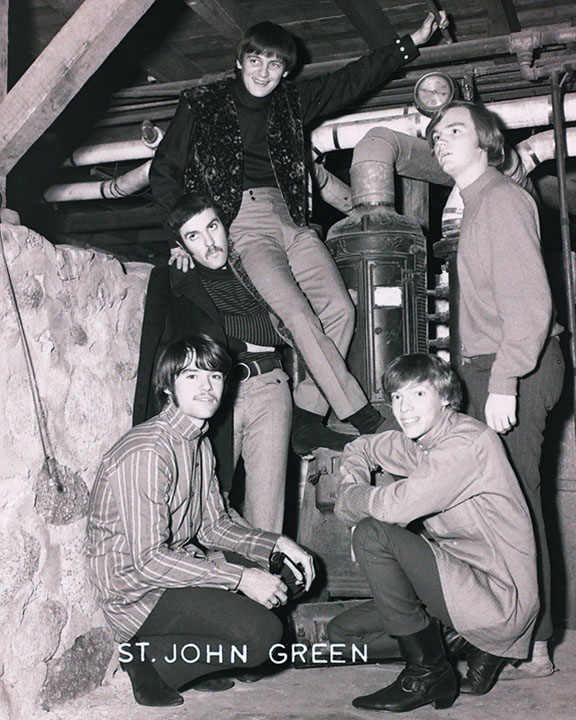
Bill passed away from prostate cancer 25 years ago. So, I am the only legal owner of the St. John Green contract and album now.
After playing together for almost a year, we went to a Hollywood management office to get managed. Kim Fowley came walking out of an office while we were all sitting in the waiting room and immediately said, “You’re a good-looking band, how can I help? Need a good gig?” He got us booked at the famous original Corral in Topanga Canyon, California. This is where many “Love Ins” were held at that time, and we played many of them also. The Buffalo Springfield, Canned Heat, and many, many more started from there. Many famous rock stars hung out there at that time. I was underage with a phony ID in order to play there. You had to be 21, and I had just turned 18. But I played so well, people had a hard time believing I was so young. I must say, I’m very lucky to still have that gift, lol.
The next thing I knew, I was invited to the Buffalo Springfield’s house, and there I was jamming with Clark Garman, Eric Clapton, and Steve Stills on bass.
That’s when I left St. John Green.
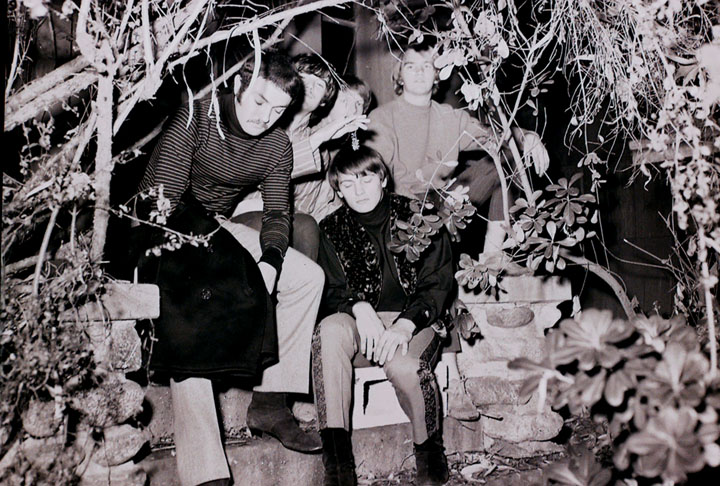
Do you remember your very first concert as St. John Green? Where was it, and what was the vibe like? Any idea what the first song you played was?
We had loads of fun making the album, though, originally. It’s just that we were so much more powerful and better than the remixed album. Very disappointing.
I’m telling you all the truth now. Hope it’s not too disappointing.
Ed, Bill, and I remained great friends and played on many other recordings and live gigs over the following years.
What kind of places did you play in those early days? Were there favorite venues or haunts you kept going back to?
Unfortunately, only Ed could give the details on how he came up with the idea of St. John Green. He was St. John Green.
We shared most things together when writing. I was very young and naive. My name should be on many songs too. I just didn’t know much about all that and was more interested in the music.
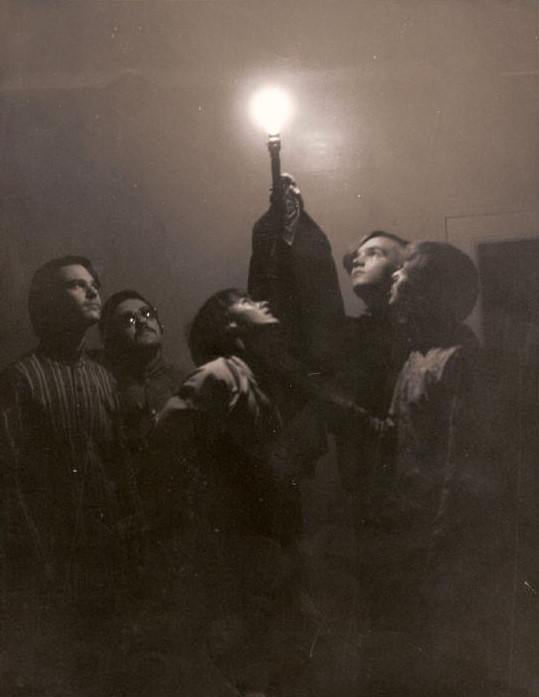
The album was produced by Kim Fowley and Michael Lloyd. What was it like working with Kim?
Kim and Mike were out there, man. But I think, like now, they were only interested in using us for the money! I have a feeling that Mike has been making money off the bootlegging, or Kim’s wife has! I think Kim started The Runaways after us.
Kim hired me to do drum sounds and rented tons of equipment from my company, High Tech Rentals and Productions, in the late ’80s for a band called London. That was the last time I ever saw him.
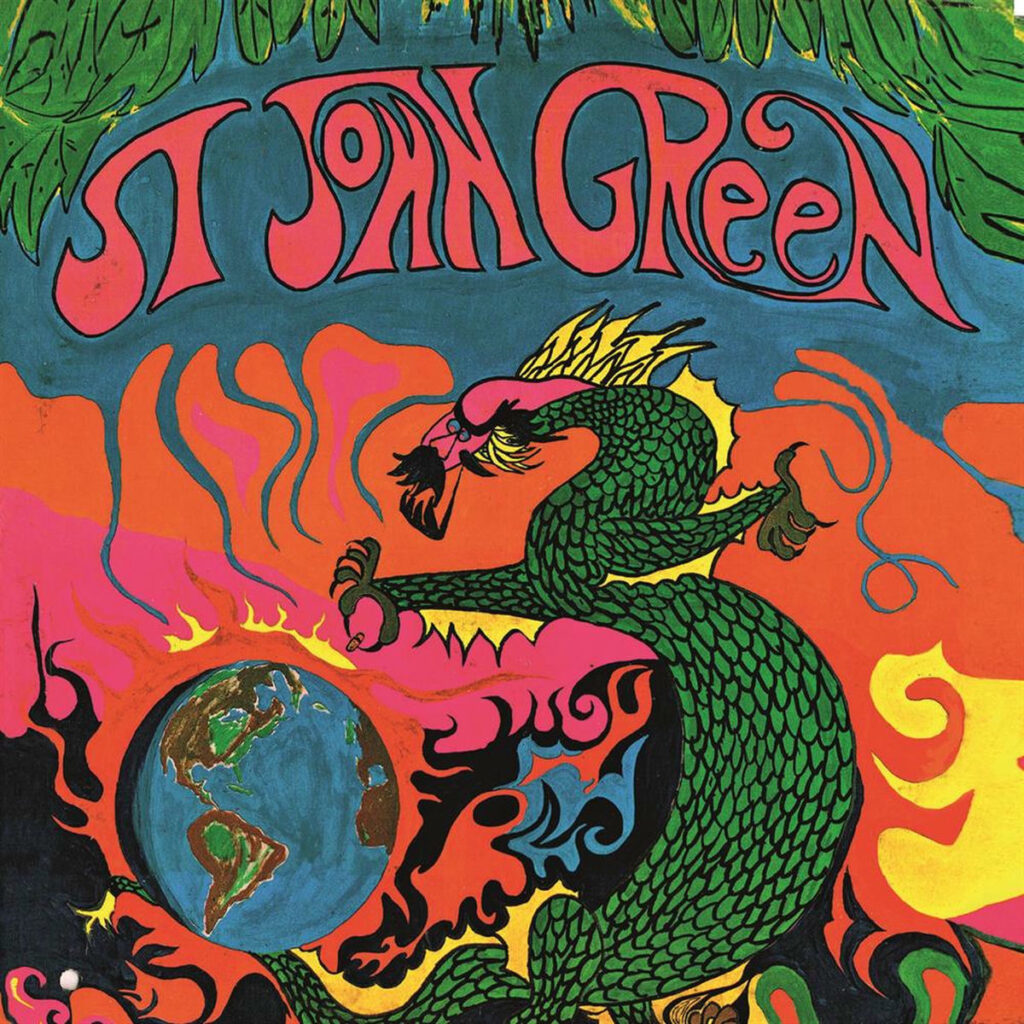
What stands out to you from those recording sessions?
We were influenced by Cream, Jimi Hendrix, and The Doors—you know, all the famous bands at that time. Kim and Mike tried to make something out of us that we were not, actually.
You’ve probably heard this before: most songs that became hits were a surprise to many writers and groups. It’s like playing the lottery. We really never expected much success after they chopped us up and robbed us.
We never got any front money and never made any money from that endeavor, I’m sorry to say.
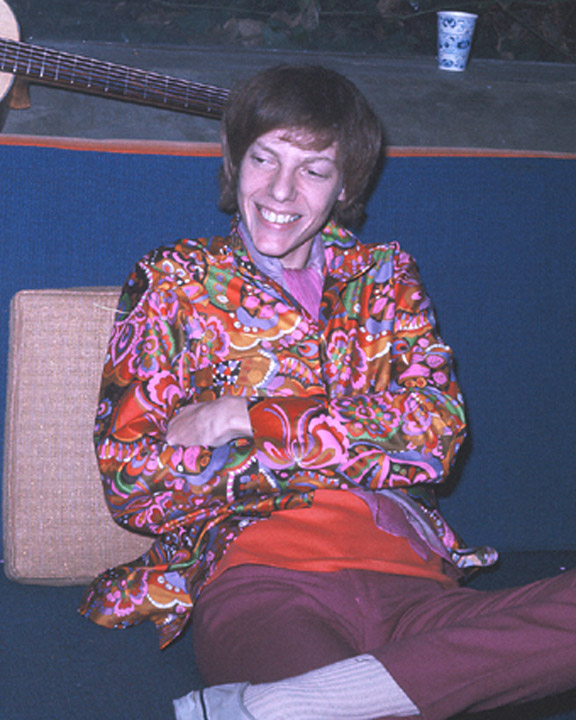
Could you walk us through some of the tracks on the album? Any you feel especially close to, or that have a good story behind them?
Shel Scott: I’m sorry, but it’s hard to walk you through the tracks. It’s hard to remember. Oh! The last song on the album, we all wrote very together very quickly and had a ball. We had to keep stopping and starting from laughing so hard. That happened many times all through most of the songs. We did have a blast. The only thing we did in those days was a very weak ounce of pot once in a while.
I was in another band when the album was released.
We all were ripped off from the beginning, bro. We were all quite insulted at that time about what they did to us.
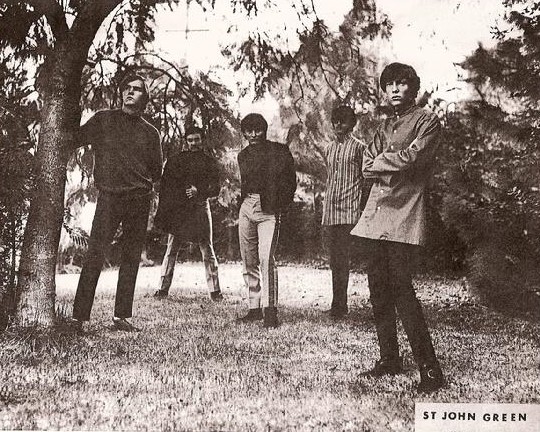
Looking back, what moment stands out most from your time in St. John Green?
When we started and played the Pasadena Civic, I met Randy California and all the guys in Spirit backstage. Randy and I became good friends over the years. When Jimi Hendrix died, Noel Redding (Jimi’s bass player), Randy, and I played at the Whiskey in front of a packed house.
Playing at The Corral was a huge stepping stone in my career.
Bourgeois Looney turned into a group called Song with Mickey Rooney Jr. If you go online and put in “the Mickey Rooney Jr. Song Album,” you will find it. It came out in 1969 on MGM. This one should have been a hit. I co-wrote much of it and didn’t get the credits. ‘Medicine Man’ (the last song on the album) doesn’t have my name on it, and I wrote it with Clark! That’s a great drum solo later used every night on The Wolfman Jack Show.
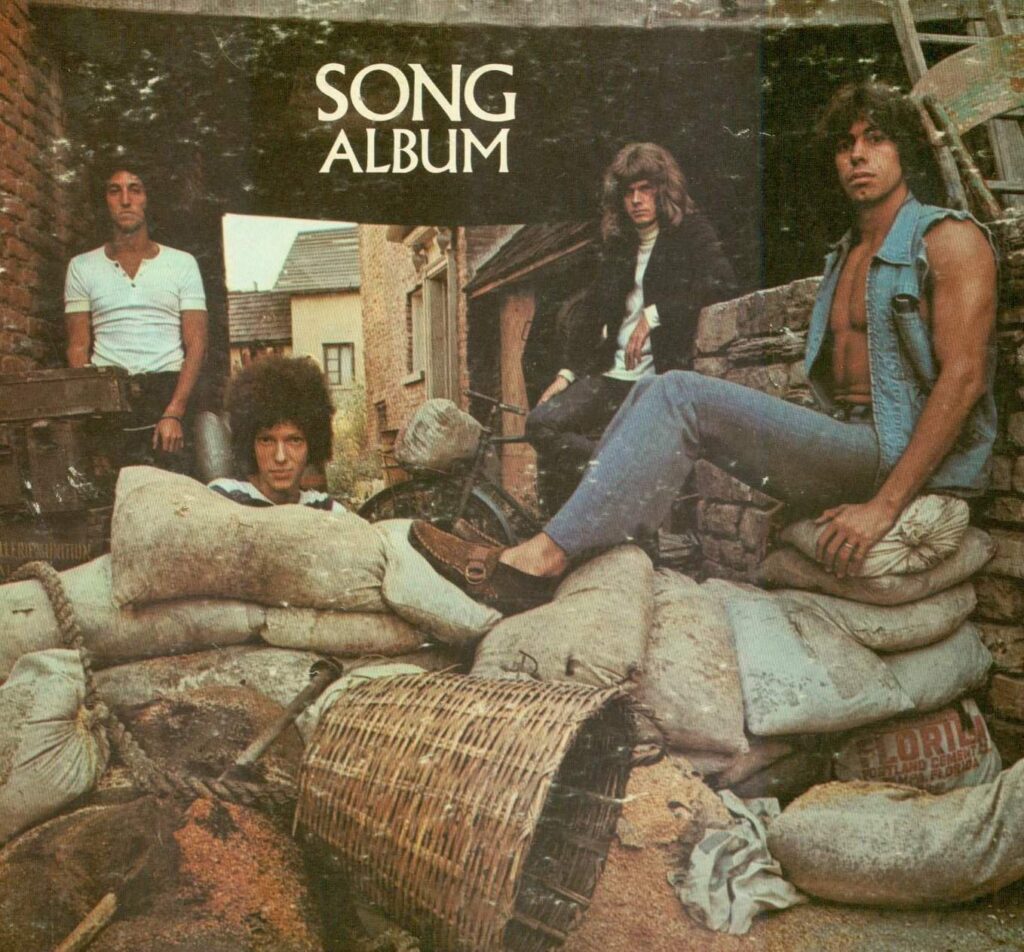
Ed did write a whole new album. I have it all in a huge envelope. We just never got the chance to do it. He had gotten very sick with cancer and fought very hard, up and down, for years. He was one of my very best friends to the end. I’m in tears while writing this. I hope you can understand.
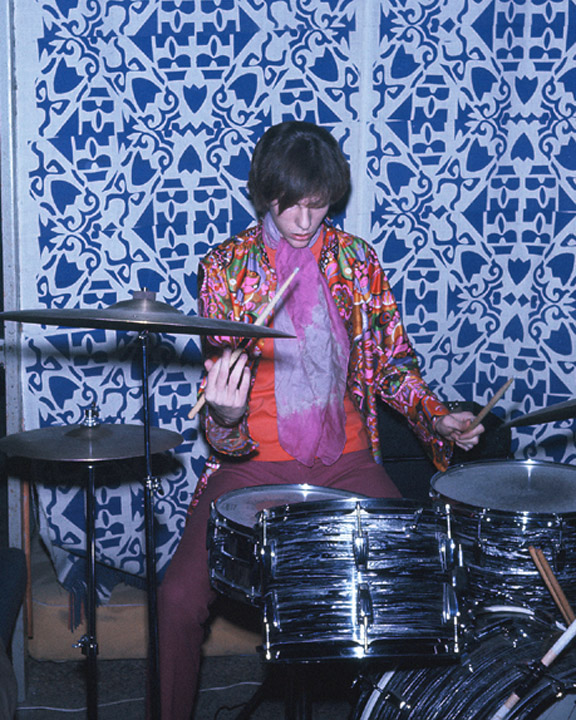
What’s life like for you these days?
As far as now, since COVID hit hard here a few years ago, I haven’t been playing much. One by one, all the guys I was playing with over the years are gone, passed away. You see, I was always the youngest of them all. It’s very lonely now. The rappers and hip-hoppers have kicked all us old rocker originals out of Hollywood. As for what I’m doing now, I have my own band and work as the sales manager for the new KVPS TV station in the Coachella Valley.
Klemen Breznikar
Shel Scott Website
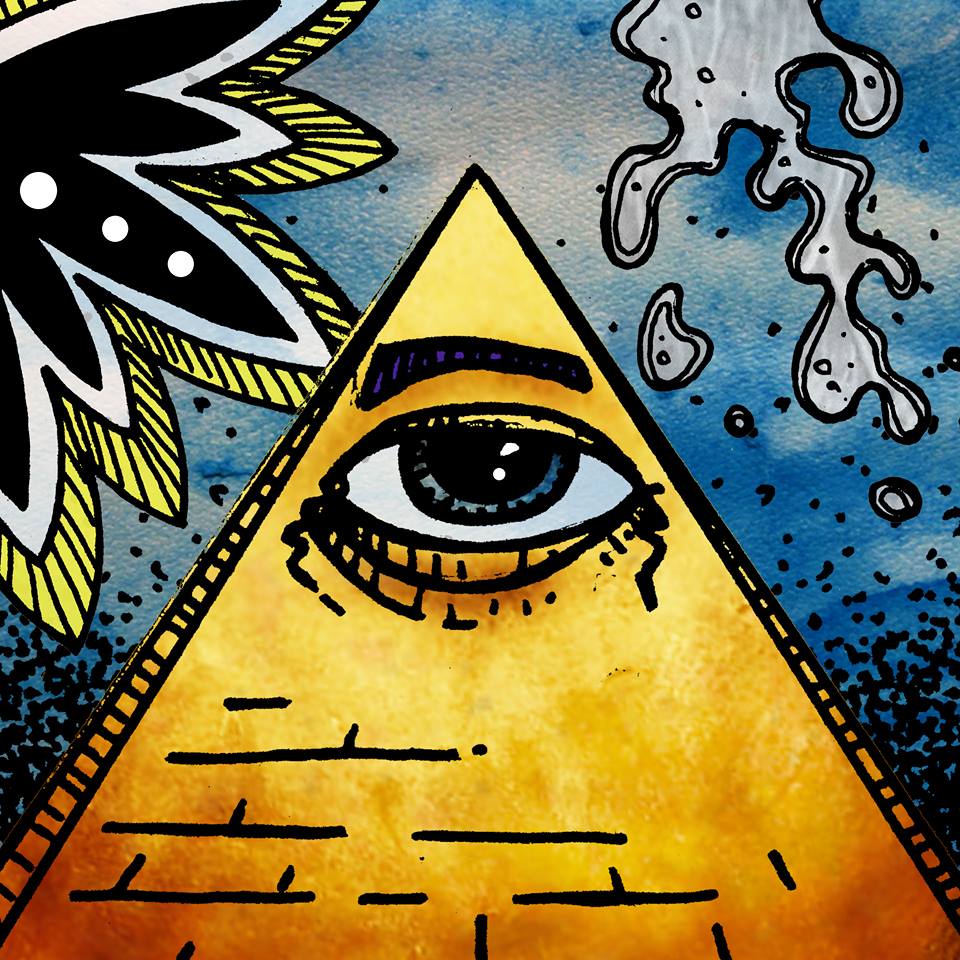

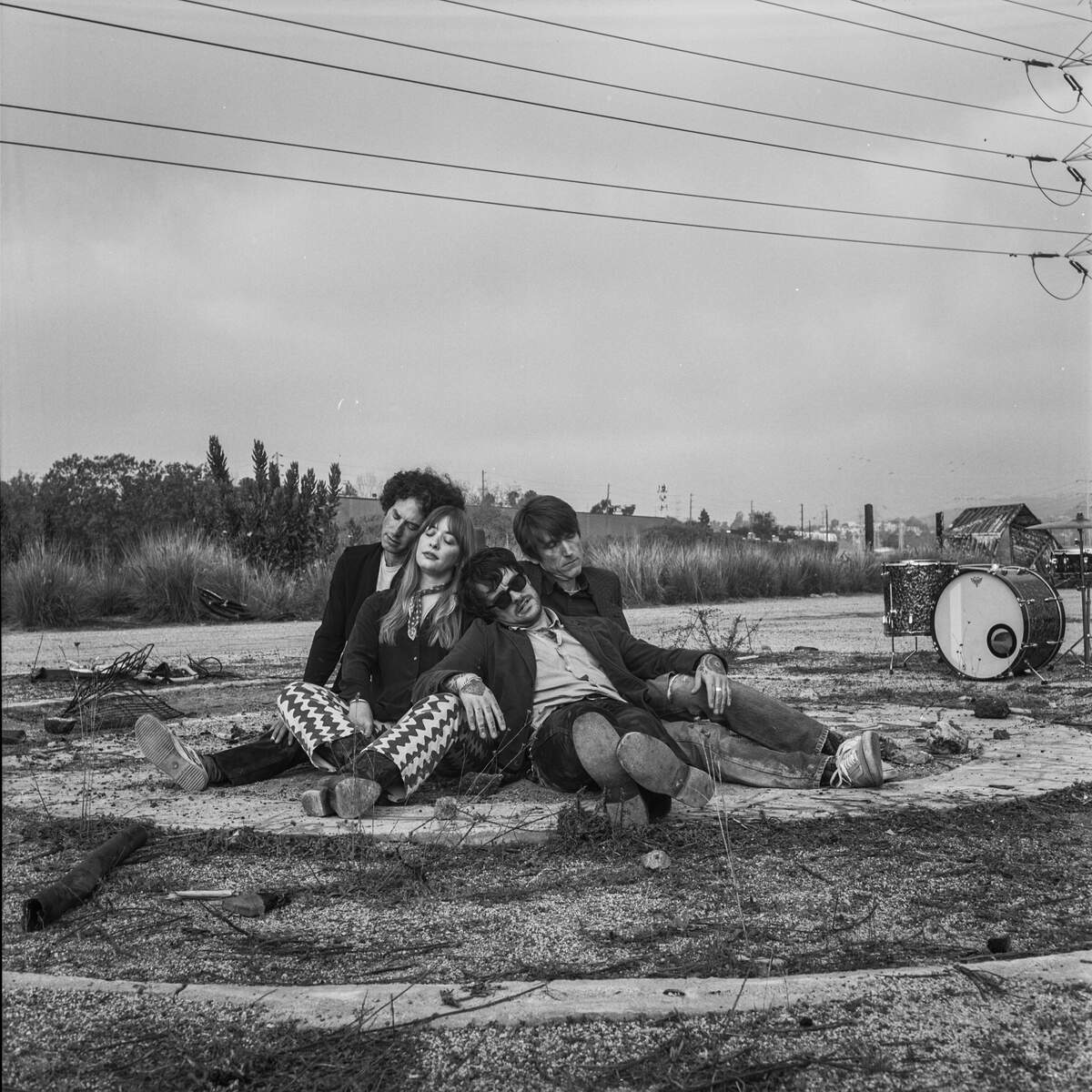
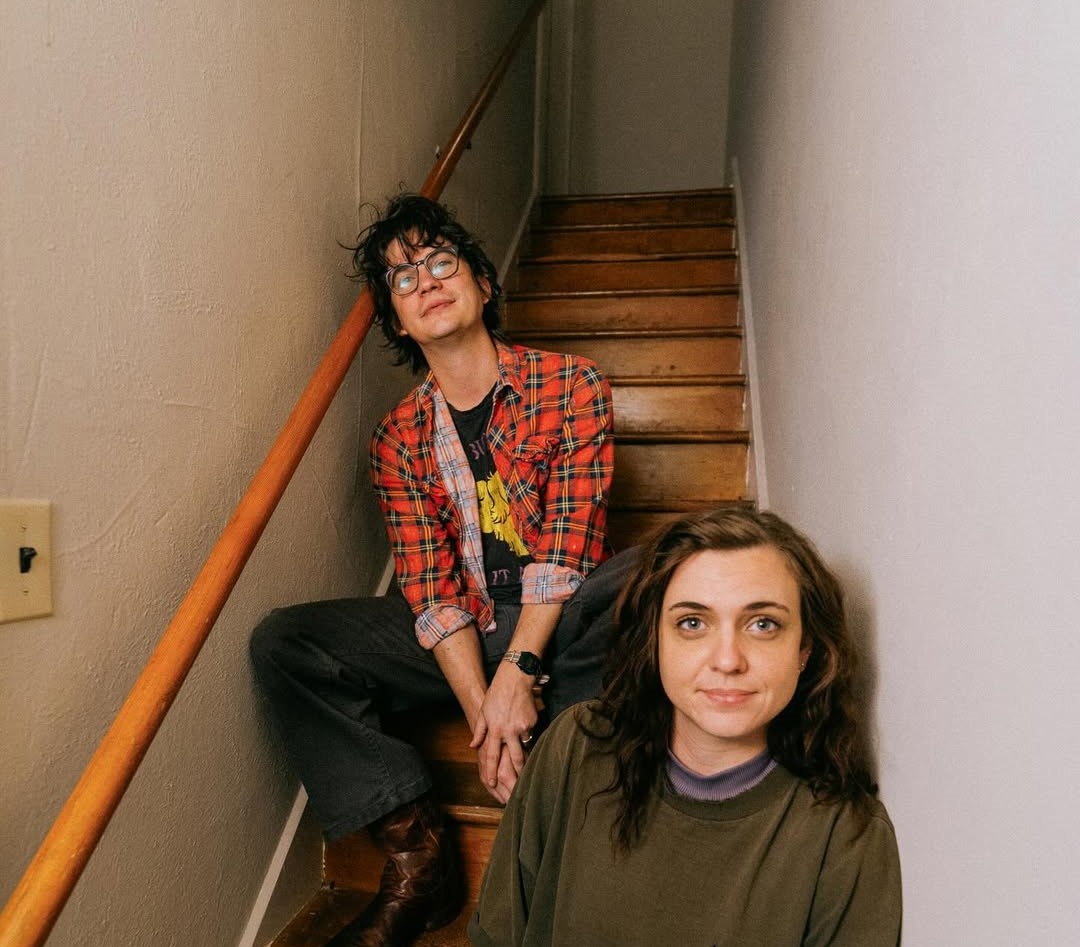

Thanks for the interview.
Klemen, Erwin a friend of Hans Pokora recently told me that you met briefly at a record fair. Erwin passed away quite unexpectedky. He was number ibe in Vienna. No one knews as much as he did about the music of 1965-75. A terrible and irreplaceable loss.
Shelly Scott..could’ve really gone on about how his tub playing has assisted with others..Due to privacy and non disclosure agreements..I’ve Written and played Lead/Rhtm guit and tubs..intl..no 1 hits with top A listers with groups like Rio Rocko…trust when I say…Shelly has gone on road and played shows and recorded for many of the most fabled pro world Knowns..He’s a true Mench…!!